
A Bustle & Sew Publication
Copyright © Bustle & Sew Limited 2022
The right of Helen Grimes to be identified as the author of this work has been asserted in accordance with the Copyright, Designs and Patents Act 1988.
All rights reserved. No part of this publication may be reproduced, stored in a retrieval system or transmitted in any form, or by any means, without the prior written permission of the author, nor be otherwise circulated in any form of binding or cover other than that in which it is published and without a similar condition being imposed on the subsequent purchaser.
Every effort has been made to ensure that all the information in this book is accurate. However, due to differing conditions, tools and individual skills, the publisher cannot be responsible for any injuries, losses and other damages that may result from the use of the information in this book.
First published 2022 by: Bustle & Sew Station House West Cranmore Shepton Mallet BA4 4QP www.bustleandsew.com
2
Welcometothe OctoberMagazine
Hello everyone!


Each month I begin this magazine with a clean (electronic) sheet of paper, and the worry that I may not be able to fill all the pages ready for you to enjoy a few weeks later. I’m pleased to say that has never been the case so far, and this month’s issue is no exception, its pages stuffed with lots of goodies that I hope you’ll enjoy.
Of course the saddest moment in September was the death of Queen Elizabeth II and we commemorate her life with my “Thank you ma’am” hoop featuring the lion and unicorn from the Royal Coat of Arms. There are other animals between the cover too, a sleepy mouse, Halloween kitten and even a pair of Staffordshire animals ready to hang on your Christmas tree. There’s so much going on in the countryside around me at the moment too, some of which has found its way into the magazine, along with some wonderful seasonal recipes in our “Nature’s Bounty” recipe section.
I hope you enjoy this issue and the November Magazine will be published on Thursday 27 October. Until

3
23
Betweenthismonth’scovers…
October Almanac
Page 5
Wonderful October Page 7
Toadstools and Mushrooms Hoop Page 8
The Mushroom Page 11
Choosing the Right Fabrics Page 12
Lovely Idea: Bandana Pumpkins Page 15
Thank you Ma’am Hoop Page 16
The Arrival of Autumn Page 22
A (very) Little Look at Harris Tweed Page 23
How to Stop your Fabric Fading Page 26
The Mighty Oak Tree Page 27
Lovely Idea: Acorn Garland Page 30
Happy Halloween Banner Page 31
In the Kitchen: Nature’s Bounty Page 34
Four Painterly Feathers Page 47
Autumn Printables

Page 50
A Stitcher’s Alphabet Part Nine Page 52
Lovely Idea: Pumpkin Succulents Page 58
Night before Christmas Hoop Page 59
Summertime’s End Page 64
Woof! Staffordshire Dogs Page 65
A (very) Little Guide to Embroidery Hoops Page 67

Poetry Corner: Last Week of October Page 68
Two Christmas Ornaments Page 69
Home Comforts Page 73
Embroidery Stitch Guide Page 74
In the Kitchen: Conversion Tables Page 75
Templates Page 76
4
12
11 34 16 11
Alongthehedgesfluffyseedheads of wild clematis festoon the fading leaves.Inappreciationofitsvanillascented summer flowers this plant was named “traveller’s joy in the days when people moved across the country following dirt tracks that hugged hedgerows, Today it is more commonly known as “old man’s beard” due to its profusion of shaggy heads, each comprising numerous plumed seeds. But, with the onset of the first autumn storms,theoldman’sbeardistorn from the hedgerows and cast into the wind.
In the leaf litter at the base of the hedge families of hedgehogs will be rummaging for the last of the autumn pickings in their quest to fatten up before the falling temperatures force them into hibernation. They need to reach a body weight of at least a pound before they can successfully hibernate, so at this time of year you may often spot late-born youngsters frantically foraging in
October
broad daylight for the beetles, worms and slugs that seem so numerous on damp autumn days
“Goodgirl,”saidhermother shuttingdownthelidofthe trunk.“NowlookElizabeth -thisisyourtuckbox. I’ve putatinoftoffeesin,abig chocolatecake,atinof shortbread,andalargepot ofblackcurrantjam. That’s allIcangetin. ButIthink it’senough,don’tyou?”
TheNaughtiestGirl Again,EnidBlyton,1942
This year’s spiders are now fully grown and at this time of the year their large circular webs seem to appear overnight, stretched over hedges and across garden paths, their fine strands catching in your hair each morning.
For gardeners, October is the time to clear up your garden in readiness for the cold weather to come. Lawns and other grassy areasneedtheirlastcutbefore the frosts and lack of daylight halt their growth. The spent heads and stalks of summer flowers are sinking back into the borders, and the last leaves are falling from the apple tree. On sunnier days a few butterflies still flutter, supping sweetness from decaying fruit and searching for a place to hibernate. In the woodlands and fields it’s fungus time - October is the prime month for the appearance of their spore-bearing fruiting bodiesmushrooms and toadstools.
Itisamonthofchange,andthough it can bring glorious golden days that remind us of summer, by the end of the month the sun rises to only just over thirty degrees above the horizon. This means that to reach us here on the earth’s surfaceitslightmusttravelthrough a greater depth of atmosphere

5
than it does at the height of summer, and this accounts for its rich and golden hue. October can also be very stormy and changeable, with winter storms quickly moving across the country bringing an end to any hopes of a lingering Indian summer.

October 4th brings the feast day of St Francis of Assisi, founder of the Franciscan order of mendicant friars. Francis was born in Assisi, probably in 1181, the son of a wealthy merchant, and led a carefree, extravagant life until his mid-twenties. Hissuddendecision to embrace a life of poverty and religious devotion has been variously attributed to severe illness, military experiences and a visionary dream. Today he is perhaps best remembered for his sympathy towards the natural world - he is often shown preaching to birds or surrounded by other animals. In 1980 he was proclaimed patron saint of ecologists and ecology.
Octoberisagreatmonthtogetout and about. We’re unlikely to experience any more seriously hot weather, but it’s surprisingly common for a sustained spell of sunshine to occur around the
middle of the month, known as “St Luke’s little summer” after the saint’s day that falls on the eighteenth of the month. The days are getting noticeably shorter now, butthere’sstillplentyoftimetotake the dogs for an afternoon walk and enjoy scrunching through the fallen leaves.
Here in England, October is the main month for apple-picking and cider-making. Since the early
growers as well as fun activities such as contests to produce the longest unbroken pieces of peel from a single apple!
OnthelastSundayofOctoberhere in the UK the clocks go back, an extra hour in bed to be sure but still areminderthatsummerisnowwell and truly behind us.
1990s, as part of a campaign to raise public awareness of the difficulties the apple-growing industry faces in the UK, and to promote the growing and eating of traditional British varieties, 21 October has been celebrated as Apple day. Events organised on or around this date include guided tours of orchards, apple tastings and advice sessions for fruit-
The end of the month traditionally brings witches and goblins. In pagan times it was a brief season when the divide between the worlds of the living and the dead became less secure and the dead returned from their graves to haunt the living. Ritual fires were lit at duskonhilltopsandinopenspaces to purify the land and defeat the powers of evil. Boisterous games were played and loud noises made to frighten away the evil spirits. In AD 835, in an attempt to distract their congregations from these pagan practices, the Church moved Hallowmas, the feast of All HallowsorAllSaints,frommid-May to the first day of November. Undeterred people focused their ghost-hunting rituals on the night before All Hallows and the celebration of Halloween on 31 October came into existence.
“Thetrackofthe goldenautumnwound itsbrightwayvisibly throughthegreen summeroftheleaves”
WilkieCollins(18241889)
6
WonderfulOctober!
OctoberwasabeautifulmonthatGreen Gables,whenthebirchesinthehollowturned asgoldenassunshineandthemaplesbehind theorchardwereroyalcrimsonandthewild cherrytreesalongthelaneputontheloveliest shadesofdarkredandbronzygreen,while thefieldssunnedthemselvesinaftermaths.
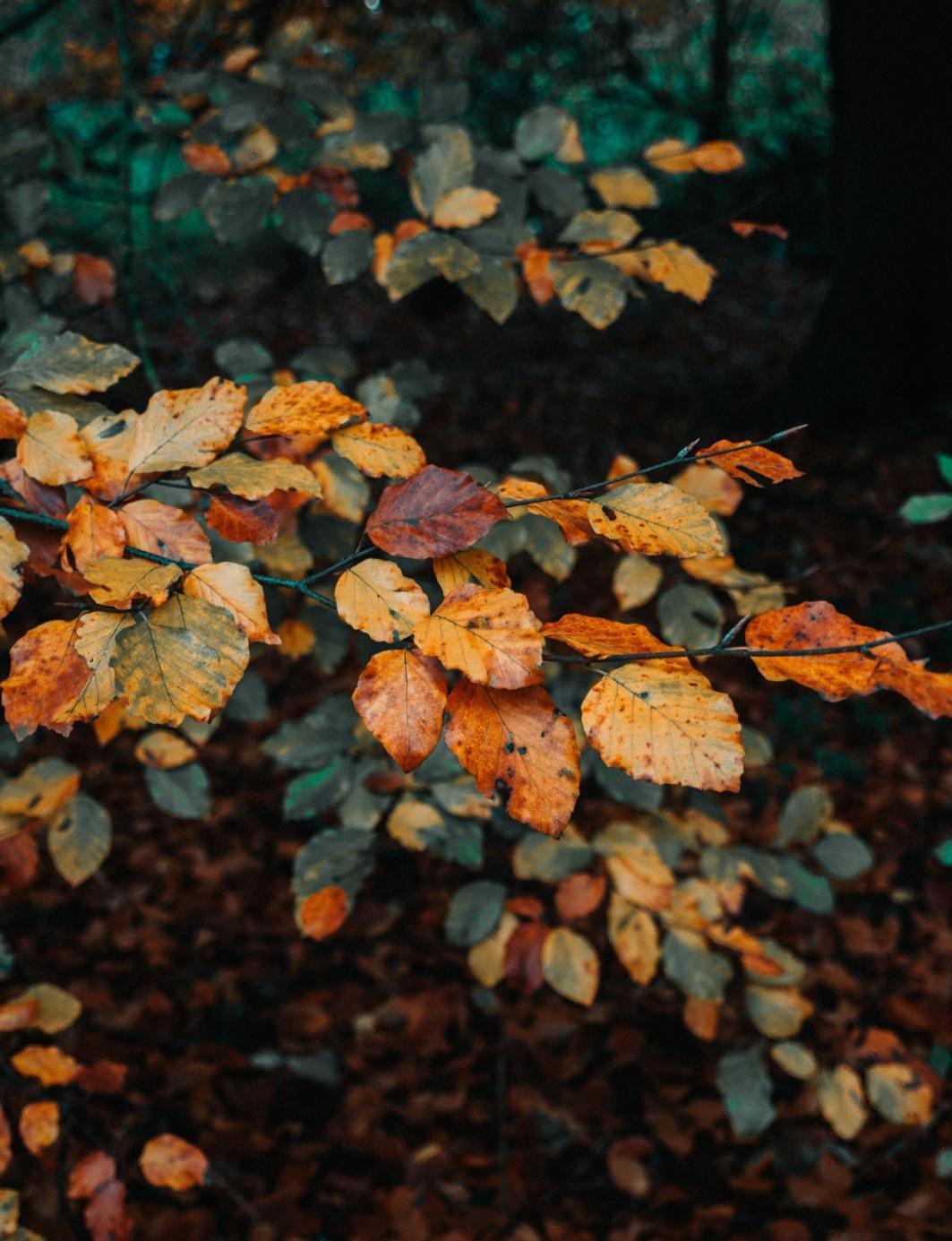
Annrevelledintheworldofcolourabouther.
“Oh,Marilla,”sheexclaimedoneSaturday morning,
dancinginwithherarms
from
maple branches.
going
roomwiththem.”
-
7
coming
fullofgorgeousboughs,“I’msogladIlivein aworldwherethereareOctobers. Itwouldbe terribleifwejustskipped
Septemberto November,wouldn’tit? Lookatthese
Don’ttheygiveyouathrill
severalthrills? I’m
todecoratemy
ChoosingtheRight FabricsforyourProject

8


9
A(very)LittleLookatHarrisTweed
The Isle of Lewis and Harris in the OuterHebridesisrenownedforits wonderful scenery - bleak mountains and rugged coastlines whereyou’llfindsomeofthemost beautiful (and mainly deserted) beachesintheworld. Thecolours are spectacular, vibrant blues reflecting the skies and sea, golden gorse, white sand and the golds and greens of the moors where the purple heather and an abundance of wildflowers dance in the wind, along with lustrous red poppies, soft pinks of the clover and the almost luminous yellowofthebuttercups. Allthese shades are present in the eponymousfabric-HarrisTweed, the island’s most famous export.
Harris tweed has been woven for centuries, renowned locally for both its beauty and its hard-

wearing qualities, but didn’t travel much further afield until, nearly 180 years ago, it was launched into the wider world by Lady Dunmore, widow of the landowner of Harris, the Earl of Dunmore. Shehadtheclantartan replicated by the Harris weavers in tweed. This proved to be so successful that she began marketingthefabrictoherwealthy friends further afield and quickly established Harris Tweed with textile merchants across the country.
In 1909 the Harris Tweed Associationwasformedtoensure thatthefabriccouldn’tbeimitated or inferior versions produced by other manufacturers. It devised the now famous Orb trademark that appears on every single Harris Tweed item to prove that it
is made from genuine Harris Tweed. Nearly a century later, in 1993, an Act of Parliament ensuredthatnootherfabriccould call itself Harris Tweed and brought into being the Harris Tweed Authority, replacing the earlierAssociation,andbecoming the new “Guardians of the Orb.”
The Act decrees that in order for a fabric to call itself Harris Tweed, it must be “Handwoven by the islanders at their homes in the Outer Hebrides, finished in the Outer Hebrides, and made from pure virgin wool dyed and spun in the Outer Hebrides.” The Harris Tweed Authority monitors all the fabric being produced on a daily basis and every 50 metres of fabric is inspected and approved before being stamped by hand with the orb trademark.
Maritime Landscape of the Isle of Lewis and Harris
10
A(very)LittleGuidetoPreventingFabricFading
If your project needs washing you may well find that over time the once bright colours fade and begin to look a little lacklustre. Though it’s almost impossible to restore colour once it’s faded, there are some simple, natural methods you can utilise to stop fading in the first place.
In the early 20th century it was common for housewives to add a tablespoon of salt to their washing. This trick works because the chloride in the salt helps seal the colour into the fabric. I have heard it said that salt added to the wash in this way can help to restore the brightness of dull fabric, but personally I’ve never found this to be very effective.
Washing your fabrics on a cold or cool wash isn’t just eco-friendly (and friendly to your budget too!) it will also help to keep the colours of your fabrics
bright and fresh. You could also try using a colour brightening detergent for extra effectiveness.
My mum’s favourite tip was to add about half a cup of white vinegar to the rinse cycle. This will freshen up your laundry and help the colours maintain their intensity. To help set their dyes before you wash fabrics for the first time, soak dark fabrics beforehand for around half an hour in water mixed with a half cup of white vinegar and two teaspoons of salt.
Baking soda is also an effective colour preserverjust add half a cup to the wash cycle.
And finally, it isn’t just about the washing - when you hang your fabrics out to dry then be sure to turn inside out whenever possible or hang out of direct sunlight as the sun’s rays will fade fabric even more than washing does.
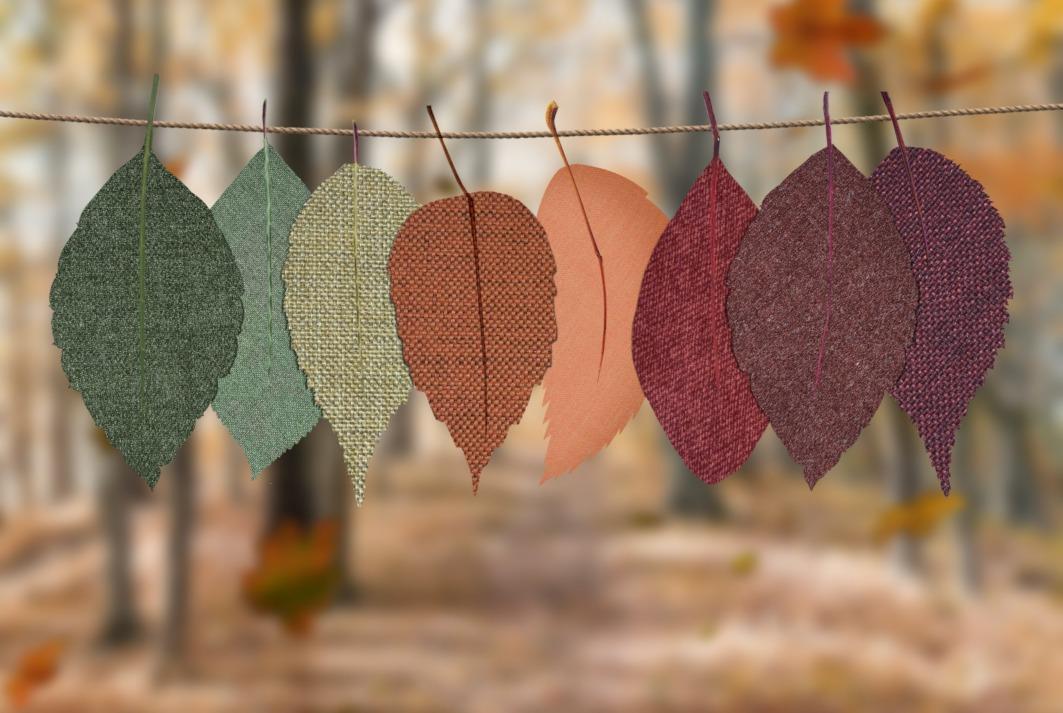
11

12 TheMighty Oak


13
Nature’s Bounty….

14
October is a month of colour. The oaks are dyed a deeper bronze, lane-side elms are splashed pale gold, the beeches shade from copper to orange, and the birch wears a dress of new minted gold. In the hedgerows the field maple waves orange and red banners, the leaves of wild cherry glow like fire, the sycamore dons a scarlet cloak and the countryside is vibrant with autumn berries and fruits. But this display doesn’t last forever, as soon the leaves will begin to fall and lanes, lawns and woods will wear a picturesque carpet of autumn colours.
Squirrels delight to sample beechmast, acorns and hazelnuts while wood mice enjoy feasting on rosehips or nuts. Birds linger about the red hawthorn berries and thrushes banquet on yew berries.
On a mild day, when a sparkle of sunshine warms the air, a few butterflies may still be seen - perhaps a red admiral, painted lady or large white, that delights to feast upon my cabbages!
When the slim crescent of a new moon hangs in the sky, the owls will come out to hunt. It’s easy to mimic the hoot of the brown owl with it’s “too-white, too-whoo-o” but the screech of a barn owl is much harder to copy.
“If ducks do slide at Hallowtide, At Christmas they will swim; If ducks do swim at Hallowtide, At Christmas they will slide.”
Pumpkins hog the limelight in October, but don't forget less showy seasonal fare. Celebrate the game season with slow-cooked pheasant, wild mushrooms and hearty root vegetables.
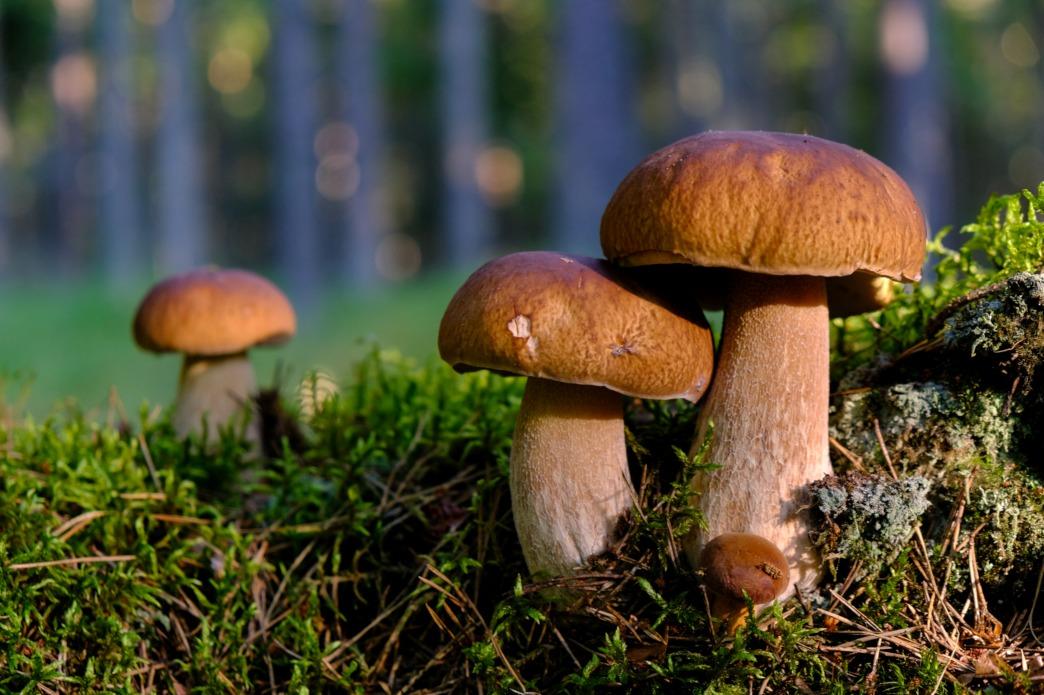
Shepherd’s
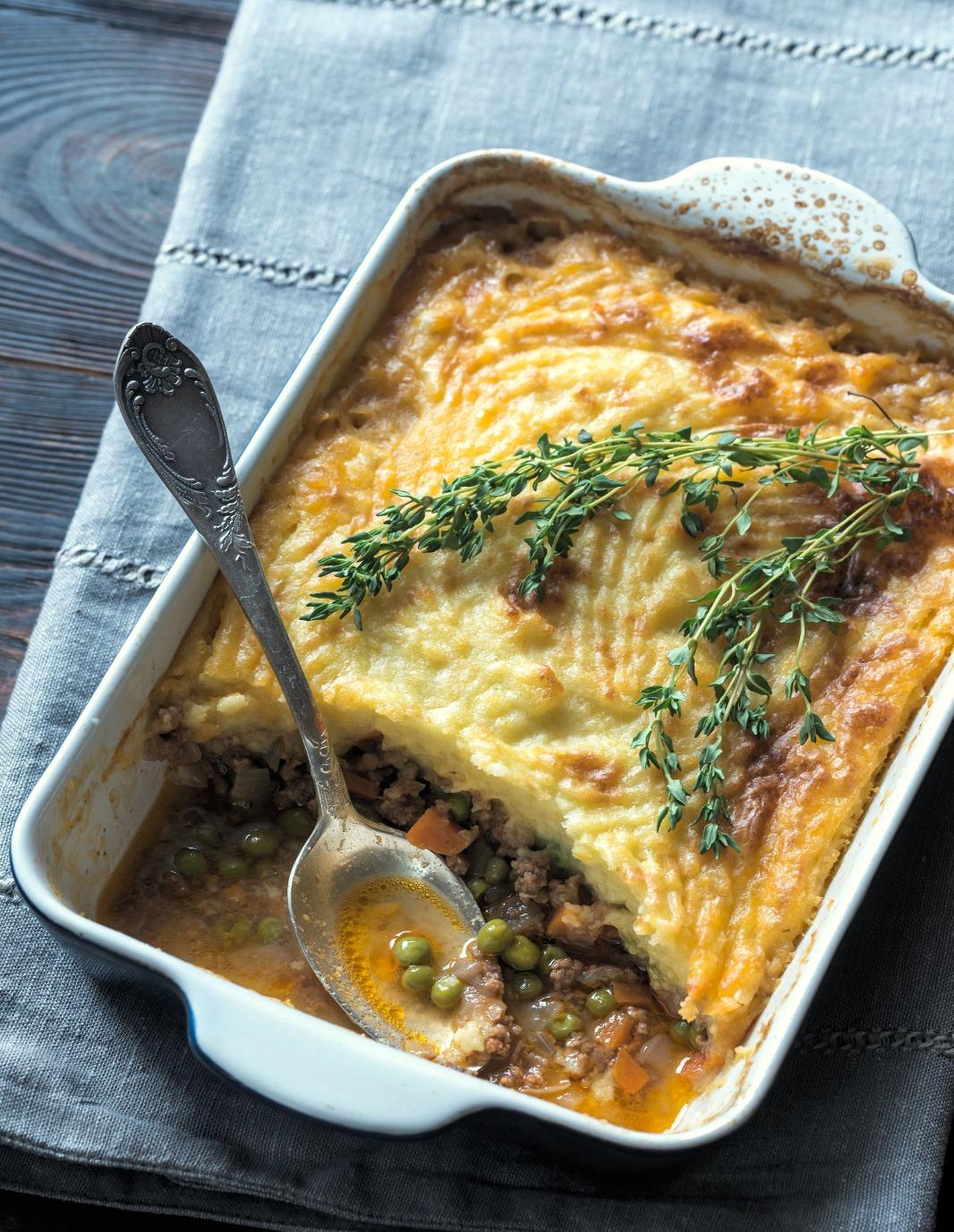
Pie
HomemadeToffeeApples
Ingredients
● 6 crisp eating (dessert) apples
● 400g golder caster sugar
● 100ml water
● 1 teaspoon lemon juice
● 4 tablespoons golden (light corn) syrup
Method
● Line a baking sheet with baking parchment.
● Place the sugar and water in a deep heavy-based saucepan and bring to the boil. Reduce to a simmer until the sugar has dissolved, brushing any undissolved crystals down the side of the pan using a pastry brush.
● Add the lemon juice and syrup, stir carefully, then return to the boil. Boil until the syrup reaches 150C on a sugar thermometer, or when a drop of the mixture forms a hard ball when dropped into cold water.
● One at a time, pick up each apple by the skewer and carefully turn it in the hot syrup mixture, coating the outside of the apple.
● Transfer the apples to the prepared baking sheet and leave to cool and harden. If liked sprinkle with chopped nuts or similar before the caramel is fully set.
● Fill a large bowl with boiling water, add the apples and leave for a minute or so. This removes any wax they may have on the skins and helps the caramel adhere to the fruit. Dry well and remove the stalks. Push a thick wooden skewer about half way into each apple.
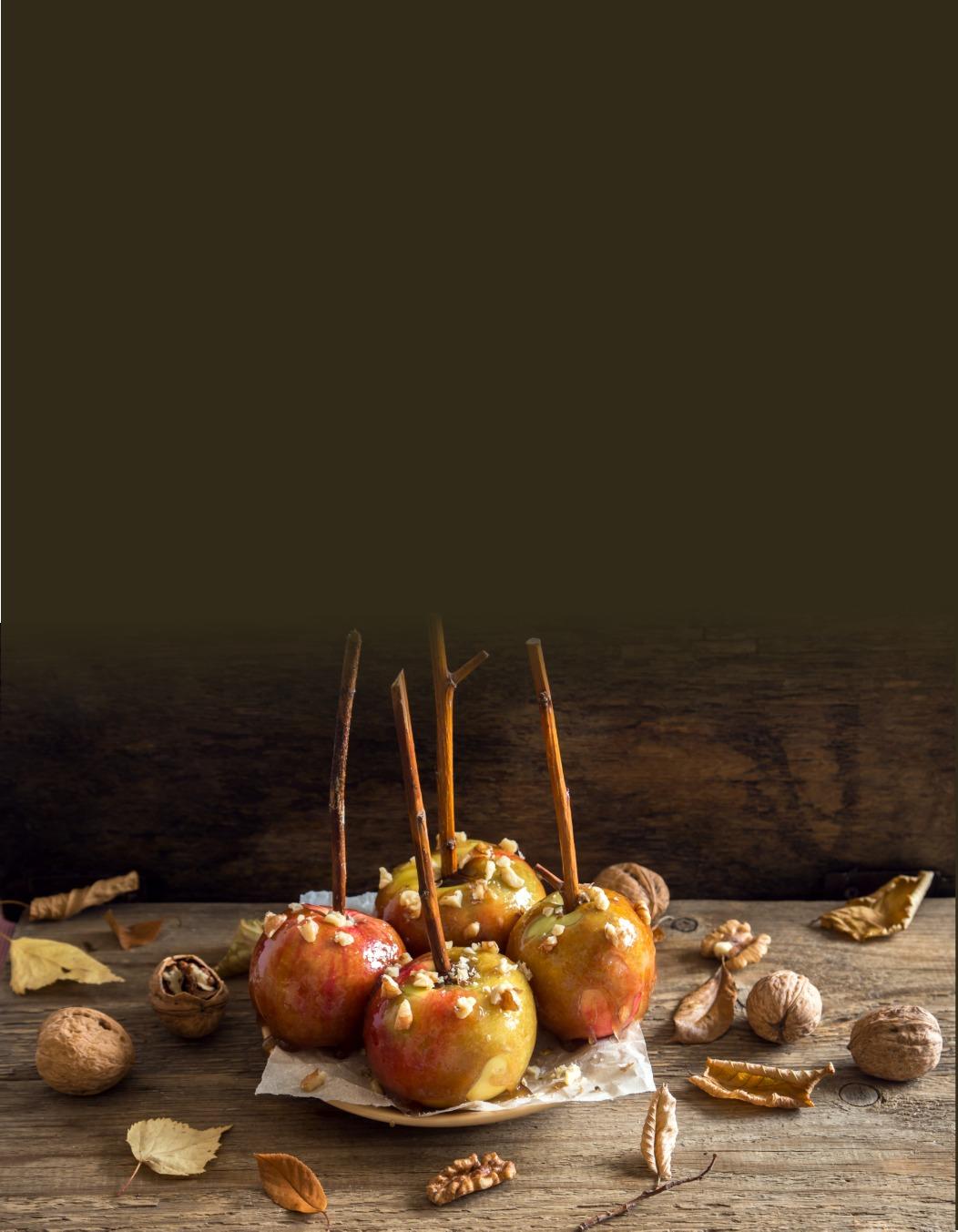
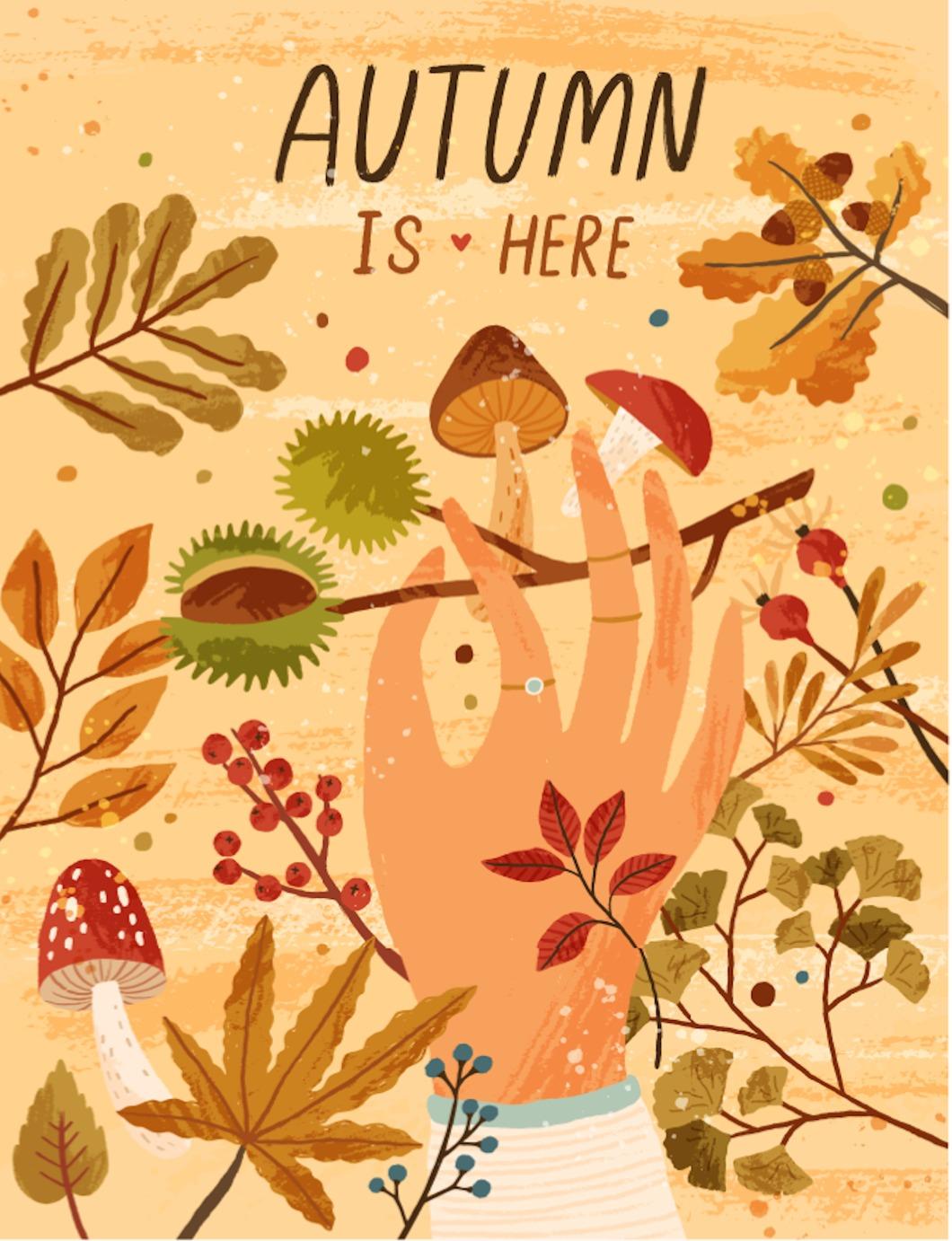
18

19
AStitcher’sAlphabet
Part9:S(partone)
SacredMonogram
ThelettersIHSorIHCinabeautifuldecorativeformareoftenusedasaChristogram within the Christian church. Used in Latin since the seventh century, the first appearance of IHS in an English document dates from the fourteenth century.

The three letters stand for the first three letters of the name Jesus in Greec, IHSUS or IHCUC, the letters S or C being variations of the form, or for (Jesus Saviour of Men). The sacred monogram is frequently found in ecclesiastical embroidery

Sailor’sPalm
Also known as a thummel, this is a type of thimble traditionally used by sail makers or by anyone working with heavyweight or hard fabrics.
An indented metal circle is fastened into a leather strap which is worn on the dominant hand with the metal resting on the palm by the base of the thumb. The needle is pushed through with the weight of the hand rather than a finger.

20
Samplers


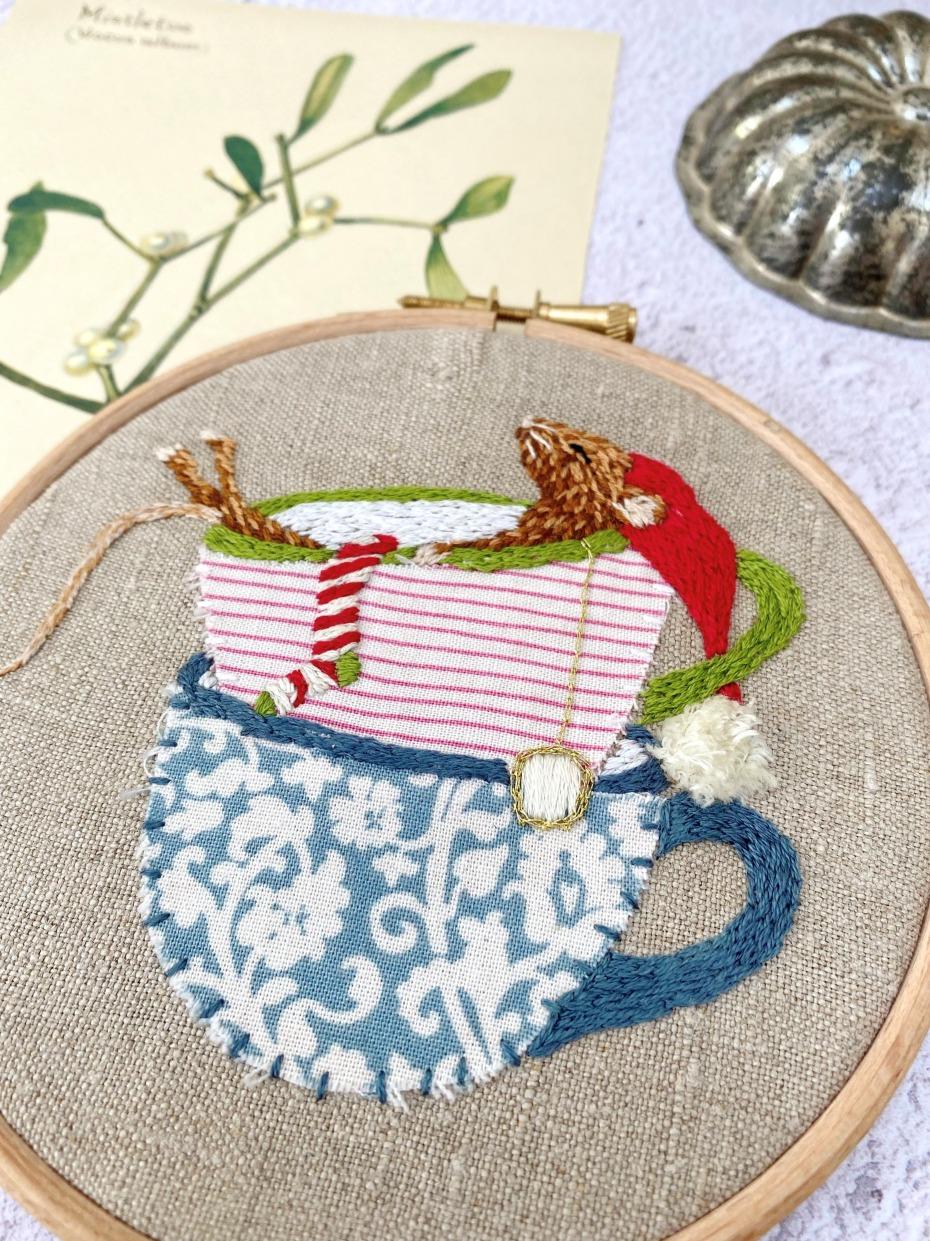
22
SummerTime’satanend…..
British summer time ends on 30 October this year - as alwaysthelastSundayofthe month. But have you ever wonderedhowthepracticeof puttingtheclocksforwardan hourinearlyspringbegan?
Itwasfirstintroducedfin1915
following a campaign by William Willett, who enjoyed his early morning rides and wanted to see more people up and about enjoying the beginning of the day. He published “The Waste of Daylight”,aplantoencourage earlyrisingduringthesummer months by adjusting the
clocks. His proposal was to move them forward 80 minutes, in 20 minute increments on Sundays during April, and then back again in September. Willett died in 1915 without seeing the introduction of his idea, but just a year later it was implemented as a “temporary” wartime measure.

In 1940, during the second worldwar,theclocksweren’t put back in the autumn, but were advanced again in spring as a fuel efficiency measure, known as British
Double Summer Time. Though we returned to GMT attheendofthewar,Double Summer Time was reintroduced in 1947 due to severe fuel shortages. Another arrangement was triedbetween1968and1971 whenweremainedonBSTall year in an attempt to reduce accidents on the roads. The results were inconclusive however,andsotodayweall spring forward by an hour in March and fall back again in October when we return to GMT.

23


24
